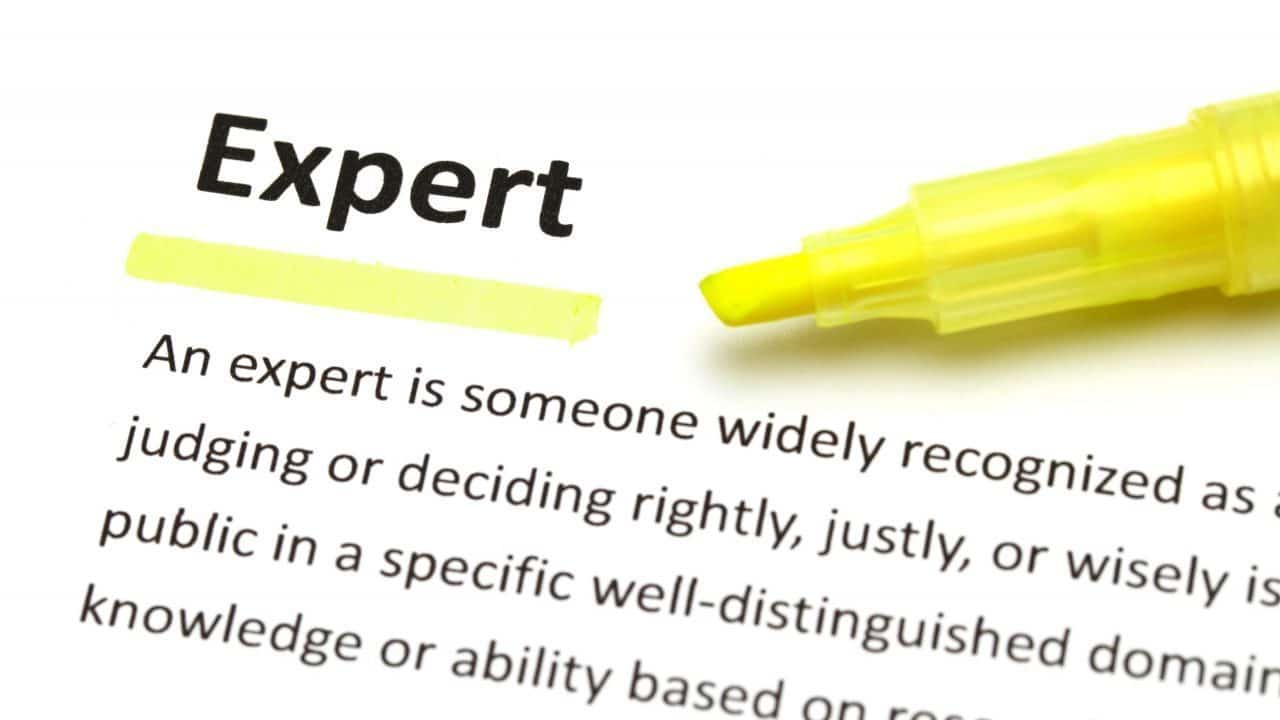Introduction
In today's globalized globe, college qualifications are progressively valued throughout national boundaries. Many people look for to enhance their professions or seek instructional opportunities in various countries, requiring a thorough understanding of their scholastic certifications. This is where international credential evaluation services come into play, aiding both individuals and establishments in confirming the authenticity and equivalency of international scholastic credentials.
Among the various approaches of credential analysis, the course-by-course credential evaluation sticks out as a thorough approach that gives an in-depth evaluation of a person's educational transcripts. This short article will certainly explore the nuances of course-by-course analyses, describing what they entail, why they are important, and how they can affect one's occupation trajectory.
What is Course‑by‑Course Credential Evaluation?
Definition and Purpose
A course-by-course credential evaluation involves a thorough exam of each course provided on an academic records. This assessment not only translates qualities and debts however also evaluates the web content and rigor of each training course taken by the student. The main objective is to determine exactly how these programs align with educational requirements in an additional country.
Importance of Course‑by‑Course Evaluations
Why is it important to conduct a course-by-course evaluation? For people preparing to study or function abroad, this type of evaluation can supply beneficial understandings right into just how their previous academic experiences translate in a brand-new context. It assists establishments in making educated choices about admissions, hiring, or licensure.

The Process of Course‑by‑Course Credential Evaluation
Step 1: File Collection
The primary step in any kind of academic credential evaluation procedure is collecting essential documents. This normally consists of:
- Official transcripts Degree certificates Course syllabi (if readily available)
Having these records prepared streamlines the analysis process.
Step 2: Evaluation and Analysis
Once files are accumulated, evaluators meticulously assess them for authenticity and completeness. Each course is analyzed based on numerous criteria:
- Credit Hours: How many credits were designated to each course? Grades: What grades were achieved? Course Content: What subjects were covered?
Step 3: Contrast with Neighborhood Standards
After thorough analysis, critics contrast the https://internationalevaluations.com/academic-evaluations/ programs against neighborhood instructional standards. They may reference resources such as:

- National databases Accreditation bodies Institutional guidelines
This contrast helps establish equivalency levels for each course.
Step 4: Record Generation
Finally, evaluators assemble their searchings for right into a comprehensive record that describes:
Total debts earned. Equivalent programs at neighborhood institutions. Grading scales comparisons.This report works as a certification that can be provided to colleges or employers.
Benefits of Course‑by‑Course Credential Evaluations
Enhanced Recognizing of Academic Background
One primary benefit is that pupils gain clearness on how their worldwide education and learning lines up with local expectations. This understanding equips them for much better decision-making concerning refresher courses or task applications.
Increased Employability
Many employers need prospects to have assessed qualifications when taking into consideration candidates from abroad. A favorable examination can significantly boost employability prospects.
Facilitates Admission to Educational Programs
For students wanting to sign up in degree programs, having an in-depth assessment helps establishments evaluate whether applicants meet access requirements much more effectively.
Work Experience Examination vs. Course-by-Course Credential Evaluation
What is Work Experience Evaluation?
A work experience evaluation concentrates on assessing professional experiences as opposed to academic accomplishments. It examines skills acquired through work rather than formal education.
Key Distinctions Between Evaluations
|Function|Course-by-Course Credential Examination|Job Experience Evaluation|| ---------------------------|---------------------------------------|----------------------------|| Emphasis|Academic programs|Specialist experience|| Documents Needed|Transcripts and curricula|Work letters|| Outcome|Academic equivalency|Skill recognition|
Understanding these differences helps people in choosing which type of assessment fits their needs best.
Expert Viewpoint Letters
Importance of Specialist Viewpoint Letters
An expert point of view letter serve as an extra layer of validation for assessments, specifically when distinct situations occur-- like unaccredited establishments or non-traditional educational experiences.
How They Are Used
These letters can support applications by giving insights from experts who evaluate certifications based on market criteria or certain institutional requirements.
Common Mistaken beliefs Regarding Credential Evaluations
Myth 1: All Analyses Are Developed Equal
Not all assessments hold the very same weight; different companies have varying methodologies and approval prices among institutions.
Myth 2: Only Degrees Matter
While degrees are crucial, several employers worth abilities obtained through work experience similarly-- and this stresses the relevance of work experience analyses alongside scholastic assessments.
FAQs Regarding Course‑by‑Course Credential Evaluation
What documents do I require for a course-by-course credential evaluation?- You typically need official records, degree certifications, and potentially course curricula if available.
- The duration differs by company however usually ranges from a few weeks to a number of months depending upon complexity.
- Yes! Many employers recognize evaluated qualifications when making hiring decisions.
- Generally talking, yes; as a result of its comprehensive nature and detailed analysis.
- Not all; it's critical to inspect certain institutional needs prior to applying.
- It's ideal to make clear any discrepancies with your organization before submission; critics may flag inconsistencies impacting your assessment.
The Function of Different Stakeholders in Credential Evaluation
Educational Institutions
Institutions count on precise analyses to admit eligible candidates while guaranteeing conformity with accreditation standards.
Employers
Employers make use of examinations to verify prospective hires' qualifications properly-- developing trust fund during recruitment processes.
Government Bodies
Some federal government agencies require credential examinations for migration purposes; hence playing an essential duty in international mobility.
Conclusion
In recap, navigating the complexities surrounding international education calls for comprehensive understanding and experience-- both located within the realm of credential assessments specifically concentrated on programs taken throughout one's scholastic trip. A course-by-course credential evaluation not just lights up individual achievements yet likewise fosters opportunities throughout boundaries via improved employability and instructional access.
As globalization continues shaping our world, spending time right into recognizing these nuances can prove indispensable for those looking towards global perspectives-- whether academically or skillfully oriented! Always bear in mind that you have alternatives available-- so make notified decisions concerning your future!